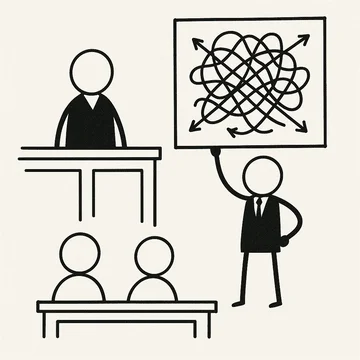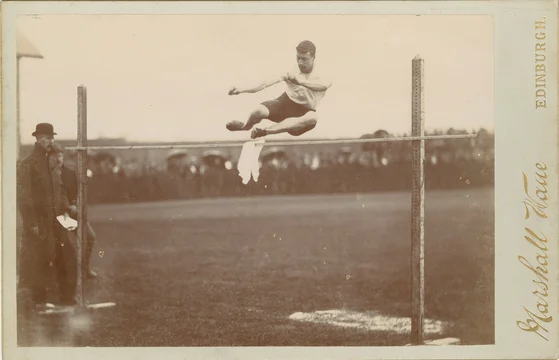Yesterday, visiting Judge Bataillon excluded a patentee's expert opinion where the expert tried to use the doctrine of equivalents to skirt the Court's construction of a term.
The Court had initially rejected a preliminary injunction motion by the patentee, holding that it had failed to show a likelihood of success on infringement based on its proposed claim construction.
The patentee then proposed the same construction during claim construction before the magistrate judge, who issued an R&R rejecting it.
The patentee then objected to the R&R, but the Court adopted the construction in the R&R and again rejected the patentee's proposed construction.
Specifically, the Court held that the claims required two elements that each have a different thickness and composition:
All of the asserted claims require inner and outer elements having “substantially dissimilar material properties” (“SDMP”), which the Court construed as requiring both “different thickness” and “different composition.”
Each time, the Court declined to adopt the patentee's proposed construction, which would have permitted the second element to have a different "treatment" instead of a different "composition."

Undeterred, the patentee then served an expert report recognizing that the accused product did not literally meet the construction, but arguing that a product with a different "treatment" nonetheless satisfies the claim element requiring a different "composition." The Court didn't buy it:
. . . Dr. Briant’s testimony fails to conform to the Court’s claim construction. . . . All of the asserted claims require inner and outer elements having “substantially dissimilar material properties” (“SDMP”), which the Court construed as requiring both “different thickness” and “different composition.” . . . Dr. Briant concedes that the ADVANCED does not literally satisfy the SDMP limitation because its internal and external flexures are made of the same composition. . . . Dr. Briant’s conclusion that the accused device infringes under the doctrine of equivalents is based on the premise—that the same material can be equated with a “different composition” if the material functions the same way—that necessarily requires a different construction of SMDP than that adopted by the Court. In fact, it invites the construction of SMDP, including concepts of spring characteristics and “treatment,” that the Court expressly rejected. His theory relies on concepts of stiffness or flexibility when the claims do not recite those limitations.
The Court ultimately rejected the patentee's argument on the basis of vitiation, basically holding that the expert's construction would read "different composition" out of the Court's construction:
The record shows, and Dr. Briant admits, that the only difference between the internal and external flexures of the ADVANCED is their thickness. . . . Thus, Dr. Briant’s analysis relies only on the “different thickness” prong of SDMP and ignores the required limitation that the inner and outer frame elements also have a “different composition,” in contravention of the court’s claim construction. . . . Dr. Briant’s doctrine of equivalents analysis regarding SDMP would completely vitiate the claim limitation of SMDP having frame elements with a different composition.
Judge Bataillon granted the motion, essentially ending the patentee's DOE claims:
[T]he Court finds that Hologic’s motion to exclude the testimony of Dr. Paul Briant should be granted as to opinions or testimony that rely on improper claim construction. To the extent that Dr. Briant’s methodology and conclusions fail to conform to the Court’s SDMP claim construction, the testimony will not be allowed. . . . Essentially, Dr. Briant will not be allowed to testify that Hologic’s product infringes the relevant claims of Minerva’s ‘208 patent based on the doctrine of equivalents.
Given that the patentee's expert conceded that there was no literal infringement, this may end the case for them.
Was the Patentee Right to Keep at It?
Even though they ultimately lost, I wouldn't say the patentee was necessarily wrong to keep trying after losing the claim construction for the third time.
In the abstract, it seems justifiable to argue that a "different treatment" could have substantially the same function and result, in substantially the same way, as a "different composition." I don't know what the reports and briefs looked like, but I think it was reasonable to expect that it could still have gone the other way even after the first three losses.
So, I'd say there's an argument that pushing this as far as they did could have been worthwhile, as long as they did so with open eyes as to the risk of failure. I'd be interested to hear if others have different views.
If you enjoyed this post, consider subscribing to receive free e-mail updates about new posts.





